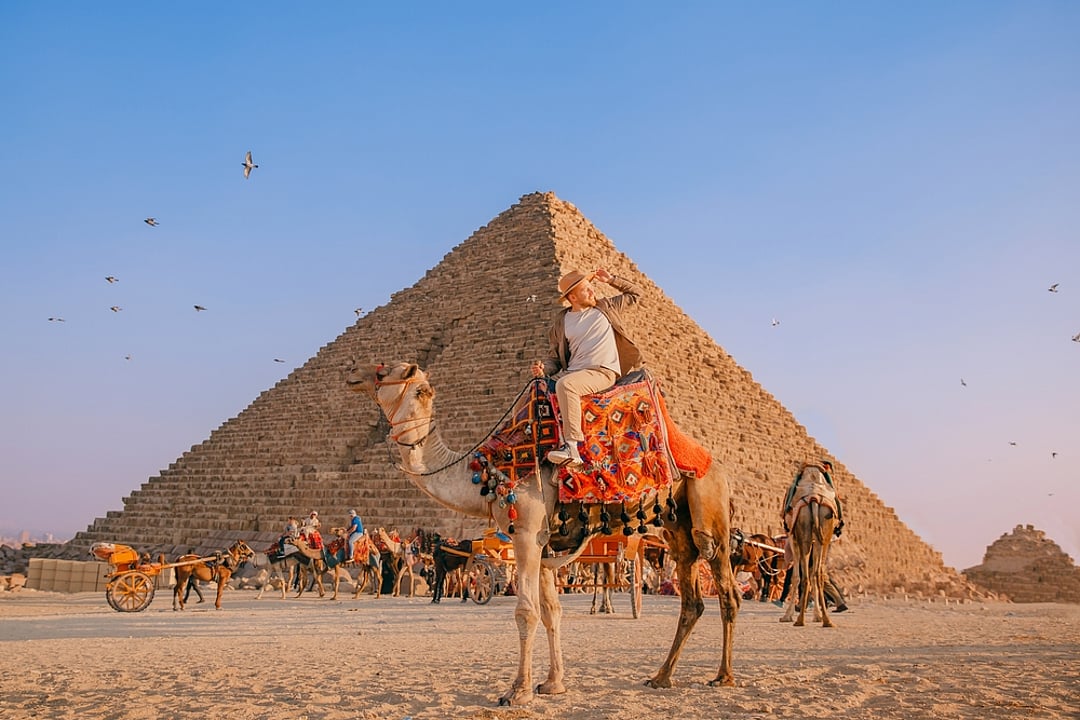Archaeologists believe that the pyramids in Egypt are shaped as they are to represent a stairway for the pharaoh's ascent to heaven. These marvels of ancient engineering have many mysteries surrounding them, such as the almost impossible-to-build design. Yet, these grand structures stand glimmering today in the desert sun. Giza in Egypt is just 13 km southwest of the capital Cairo. The complex includes the three pyramids and the Sphinx, with the largest pyramid being the Great Pyramid of Giza, commissioned by the pharaoh Khufu over 4,500 years ago. Recently, archaeologists in Egypt have discovered an “anomaly” beneath a royal graveyard near Giza’s 4,500-year-old Great Pyramid. The pyramid, which is Egypt’s largest, was built to honour the pharaoh Khufu. Its neighboring ancient necropolis contains many aboveground monuments, or mastabas, dedicated to the pharaoh’s family members and high-ranking officials. Using groundbreaking ground-breaking technology, researchers have unearthed a previously unknown structure in a seemingly "blank area" of the Giza pyramid complex.
News
Ancient Egyptian Structure Discovered Near Giza Pyramids
Archaeologists in Egypt have used remote sensing techniques to discover an enigmatic underground L-shaped structure in a Giza cemetery. They believe they have found an anomaly

Photo: Parilov/Shutterstock
Photo: Parilov/Shutterstock
CLOSE



